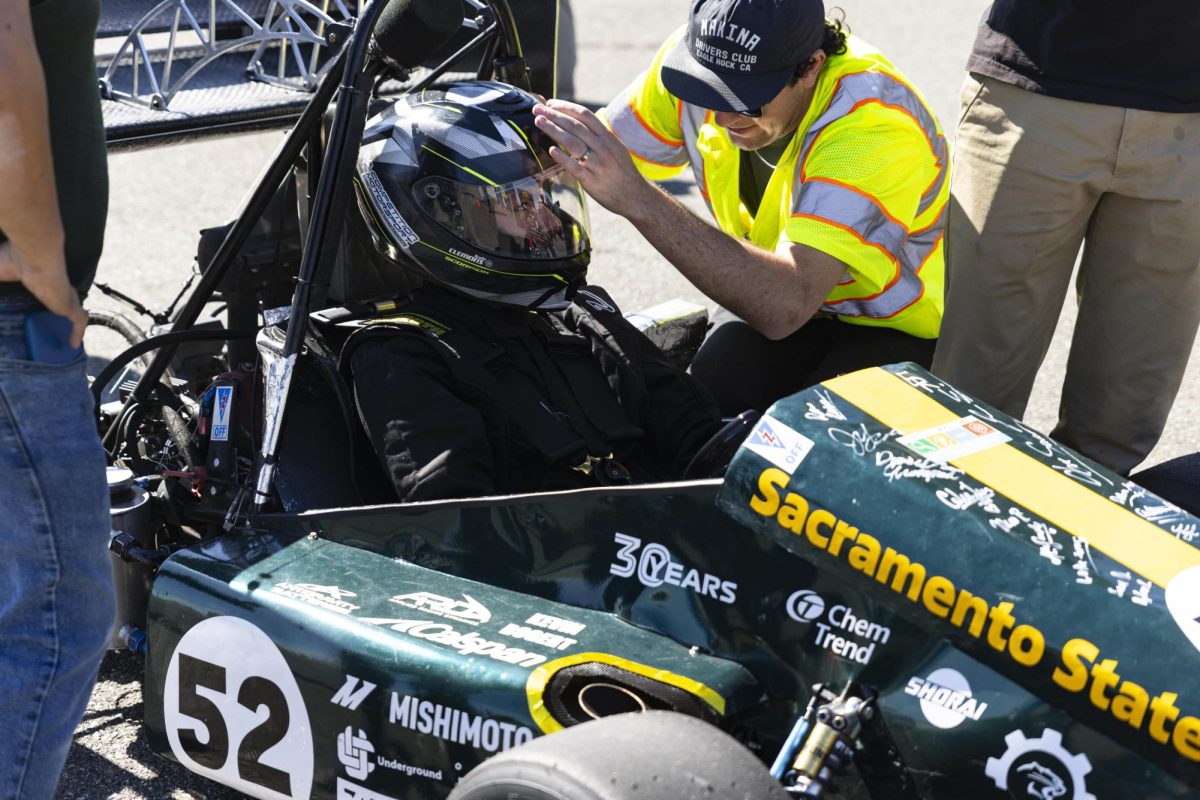Kung-fu fighting
May 13, 2002
As a grizzled 36-year old gamer, I?ve owned just about every computer and game system ever made, from my Commodore VIC 20 and Atari 2600 to my current 1.8 gigahertz Pentium 4 and X-box. I?ve played shoot-em-ups, side-scrollers, and even Atari?s great classic “Paperboy”, to this day the only newspaper delivery simulation ever produced. I?ve mastered all of these genres save one: the fighting game.
“Street Fighter,” “Mortal Kombat,” “Final Fight;” all of these games had many buttons and combinations that were indecipherable to a guy accustomed to simply “run” and “jump.” All of this changed with the release of the first “Virtua Fighter” game in my local arcade. This was the first fighting game that featured a fully three-dimensional environment, if not gameplay, and easy-to-master controls. “Virtua Fighter” ushered in a new era in fighting games topped off today by the likes of “Soul Calibur, the “Tekken” series and a game I?ve had the pleasure of playing over the last three days, “Virtua Fighter 4.”
First off, let me say “VF4” is a game for purists. You won?t find axes, staves or swords here. Instead, you?ll find weaponless, hand-to-hand combat based on real wrestling and fighting techniques. This game is deep. Each character has a distinctive look and set of moves that call for different strategies and tactics. The wrestling moves you learn when playing Jackie will be useless when trying to play with the drunken-master style of Shun. (Easily the most entertaining character I?ve ever played in a fighting game.)
The movement and blocking system is easy to learn, thanks to a comprehensive practice and tutorial system that not only explains the moves, but also offers advice on what you?ve done wrong. A mission section of the game makes you pull off different combos and blocks before you can advance forward. By the time you finish all of the missions you will have tried out all of your characters moves; t?s a very intuitive system that had me learning some fairly complex moves in a relatively short time.
The controls are easy to master with the three basic actions, punch, kick and guard, arranged logically. The other buttons are mapped to combinations of the single buttons, making the most complex and dazzling combos easier to pull off, and players unsatisfied with the default settings can change the controls to their liking.
Graphically, the game is average. While the character models are more than adequate, “VF4” lacked the detailed moving backgrounds of “Tekken Tag Tournament.” The edges of the models were marred by obvious “jaggies,” jagged edges caused by the PlayStation 2?s inability to smooth out the edges of 3-D objects. As this is the fault of the game hardware, I don?t rate the game lower for it.
Virtua Fighter 4 is a treat to play. It was nice to go back to traditional hand-to-hand fighting without all the weaponry of games such as “Soul Calibur” and “Tekken Tag Tournament.” Although the backgrounds could have been rendered better, the overall graphic quality was more than adequate. With easy-to-learn controls and a mission system that teaches moves painlessly, “Virtua Fighter 4” is definitely worth a look, at the least.





























































































































